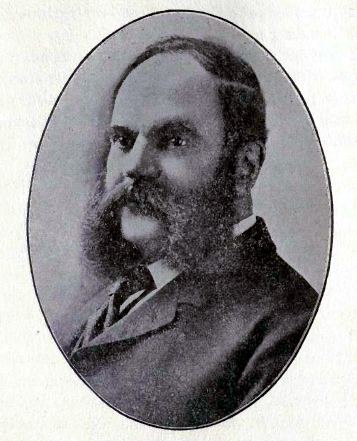Years active 1860s-1920 Name William Robinson | Role Inventor | |
 | ||
Occupation Engineer, inventor, businessman Died January 2, 1921, Brooklyn, New York City, New York, United States Education | ||
William Robinson (1840–1921) was an American inventor, electrical engineer, mechanical engineer and businessman. He invented the first track circuit used in railway signaling, a major development that improved railroad safety and efficiency.
Contents
- Early life and education
- Railway signaling inventions
- Other inventions
- Professional recognition
- References
Early life and education
William Robinson was born in Ireland on November 22, 1840. He came to the United States as a boy and lived in Brooklyn, New York for much of his adult life.
He received his B.A. degree in 1865 and his M.A. degree in 1868 from Wesleyan University. He received a Ph.D. in Electrical and Mechanical Engineering from Boston University in 1907.
Railway signaling inventions
Robinson began developing an automatic block signal system for railroads in 1867. His first system was installed on the Philadelphia and Erie Railroad in 1870. He received multiple patents for railway signaling inventions:
Robinson's invention of the closed track circuit, often referred to as "failsafe" due to its ability to reliably detect abnormalities such as broken wiring or a broken rail, was one of the key developments in railway safety, and paved the way for trustworthy railway signaling. The failsafe track circuit remains in widespread use.
He established the Robinson Electric Railway Signal Company in 1873 and during the 1870s his signal systems were installed on railroads throughout the United States. He lived in Boston in the mid-1870s and supervised installation of his systems on the Boston and Lowell Railroad, the Boston and Providence Railroad, and other roads in the region. He organized the Union Electric Signal Company in 1878. This company, holding valuable patents on track circuit designs, was acquired by the newly formed Union Switch and Signal (US&S) in 1881.
Other inventions
Following the sale of Union Electric Signal to US&S, Robinson turned his attention to other fields, particularly mechanical inventions. His other significant inventions included:
William Robinson was the author of History of Automatic Electric and Electrically Controlled Fluid Pressure Signal Systems for Railroads (1906).
Professional recognition
Robinson was a Fellow of the American Institute of Electrical Engineers, and an esteemed member of the Signal Section of the American Railway Association.
Robinson died on January 2, 1921, in Brooklyn.
